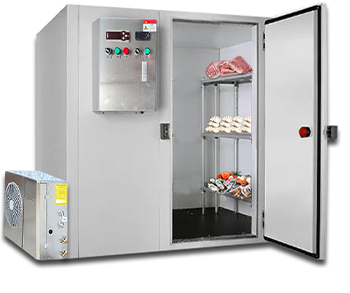walk in chiller room
The Importance of Walk-In Chiller Rooms in Food Industry
In the fast-paced world of the food industry, maintaining the quality and freshness of ingredients is paramount. One of the key players in this arena is the walk-in chiller room. This specialized refrigeration unit is essential for preserving perishables, supporting food safety standards, and enhancing overall operational efficiency.
What is a Walk-In Chiller Room?
A walk-in chiller room is a large, enclosed refrigerated space designed to store food items at controlled temperatures. These rooms are constructed with insulated panels to effectively keep the internal environment cold, often ranging from 0°C to 4°C (32°F to 39°F). They are typically used in restaurants, grocery stores, warehouses, and food processing facilities. The size can vary from small units that can fit into a corner of a kitchen to vast rooms that can store large quantities of inventory.
Key Benefits
1. Enhanced Shelf Life One of the most significant advantages of a walk-in chiller room is its ability to extend the shelf life of food products. By maintaining a consistent, cold temperature, these rooms slow down the growth of bacteria and mold, crucial for meat, dairy products, fruits, and vegetables. For businesses, this means reduced waste and significant cost savings.
2. Space Efficiency Walk-in chillers offer a space-efficient way to store large volumes of perishables. Unlike traditional refrigeration units that can take up valuable kitchen space, walk-in chillers can be designed to fit into an unused corner or basement area, maximizing the food storage capacity of the premises.
3. Temperature Consistency Consistency in temperature is vital for food products. Walk-in chillers are designed to maintain uniform temperatures throughout the entire space, eliminating hot spots that can lead to spoilage. This reliability ensures businesses can serve their customers with fresh products consistently.
walk in chiller room

4. Versatility Walk-in chiller rooms are highly versatile. They can accommodate various types of food products, from meats and seafood requiring colder temperatures to fruits and vegetables that thrive in slightly warmer settings. Many facilities even offer adjustable shelving, optimizing storage space according to needs.
5. Improved Workflow An organized chiller room improves workflow in kitchens and food preparation areas. With dedicated spaces for different food categories, employees can easily find what they need, reducing time spent searching for ingredients. As a result, this leads to more efficient service and better customer satisfaction.
Food Safety and Compliance
Food safety regulations have become increasingly stringent, emphasizing the need for proper food storage practices. Walk-in chiller rooms aid compliance with these standards by providing a controlled environment that prevents spoilage and contamination. Regular monitoring and maintenance of these facilities help ensure that temperature levels remain within the safe range. Many modern walk-in chillers are equipped with monitoring systems that provide real-time data, alerting staff to any temperature fluctuations.
Energy Efficiency
With the advancements in technology, modern walk-in chillers are designed to be energy-efficient. They often include features such as LED lighting, efficient compressors, and advanced insulation, reducing their overall energy consumption. This not only benefits the environment but also helps businesses save on utility costs over time.
Conclusion
Walk-in chiller rooms play an indispensable role in the food industry, safeguarding the quality and safety of perishables. Their capacity to extend shelf life, maintain temperature consistency, and improve overall workflow makes them a critical investment for food retailers and restaurants alike. As the industry continues to evolve, the importance of efficient food storage solutions like walk-in chillers cannot be overstated. Embracing these technologies allows businesses to meet customer expectations and enhance their operational efficiency, proving that in the world of food, every degree counts.
















































































































